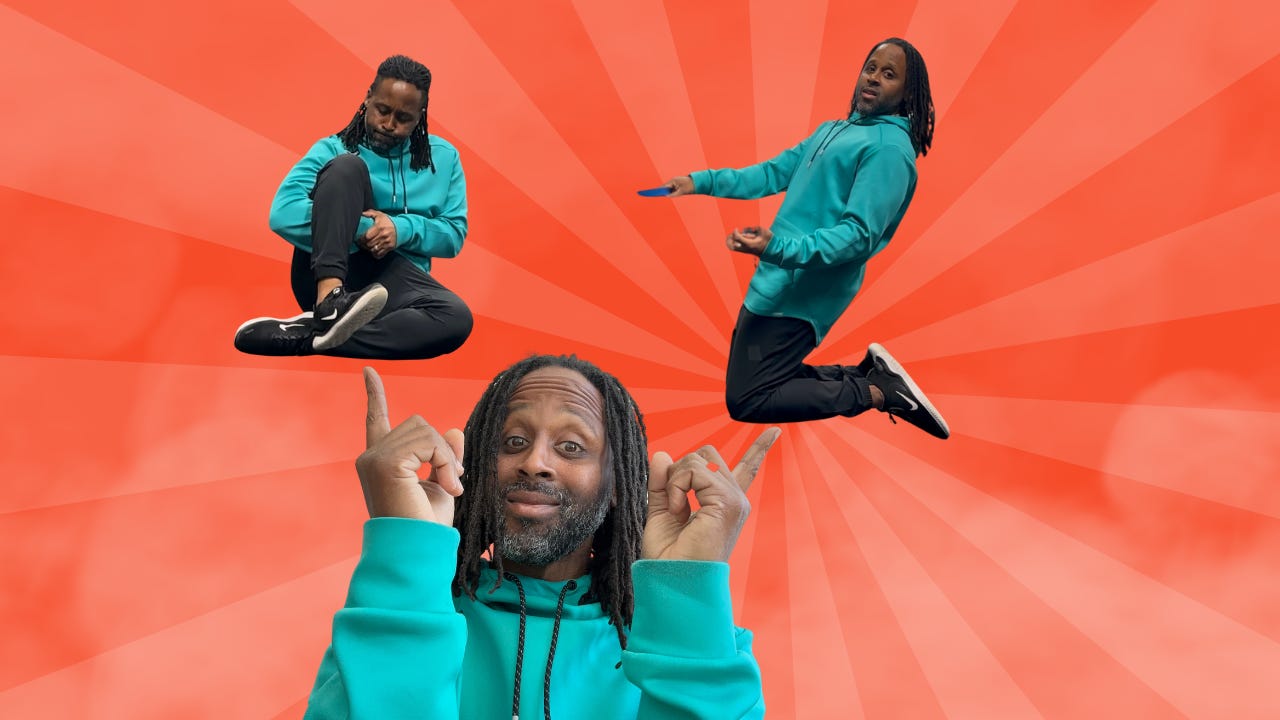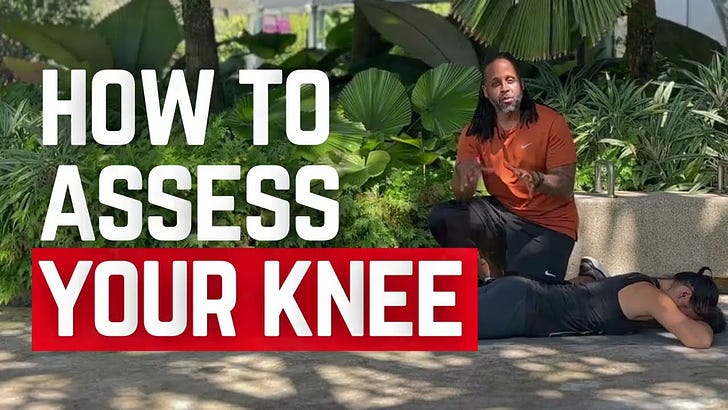The Best Kept Secret About Knee Issues
Everything they didn't tell you about your knee joint and new ways to train them...
When I was in undergrad at UCLA back in the 90’s, I can remember being in the introductory class to my major. At the time the department was called Physiological Sciences and that very first class was Phy Sci 106 or 107… I don’t recall exactly. It was one of those. Cut me some slack. This was damn near 30 years ago. I have a hard time grasping that, but I digress.
Most of the students were PreMed or Pre Physical Therapy. My little circle of friends within the major were mostly Black students and our little crew today ranges from my best friend graduating from Emory as a PA, another friend becoming a surgeon, a couple others becoming doctors as well and then you have me, the rogue small business owner choosing to fight our health issues from the preventive side of things.
I remember taking that intro class and having to learn every piece of human physiology. We had to learn all the systems of the body, which I didn’t like, but I was particularly captivated by muscles and bone stuff. At the time I thought I wanted to be an Orthopedic doc, but once I realized how much more school it would take, I was like nah dawg that ain’t for me.
I’d probably be making more money right now, but I wouldn’t have lived the life I’ve lived, traveled the world in the way that I have, and I definitely wouldn’t be sitting here writing this to you right now.
As the first class in my major, I loved it. I did so well in that class that I was selected to be an undergraduate assistant. That meant that I was able to help with cadavers and support the students in the next cohort behind me. I think that was probably my first time having a real experience as sort of a guide to others in my space.
In that class we learned the function of all the joints and not once was there an emphasis on rotation as a fundamental movement of our joints.
With regards to the knee joint, we only saw it as a hinge. Of course we learned about the way the ACL was affected in rotation, but knee rotation was often discouraged and wasn’t considered something to train at that time.
We learned that the Hamstrings were involved in supporting the ACL, but the focal point was still centered around strengthening the hamstrings in a traditional manner of simply doing more hamstring curls.
I think we missed some fundamental aspects of knee health and strength that we know today has a large impact on performance and overall knee health. So in this first article that you may have missed, I explain how the knee is designed to rotate.
This is the first fundamental secret that begins to help us understand the blindspots in our training.
So we know that the knee is supposed to rotate, but often times we don’t know where to begin. So we need to establish a Point A in our training. This gives us a baseline and allows us to map out direction.
I have done assessments for years now and I often find a disconnect with many people’s ability to control their knee joint. Establishing an awareness and building strength within that new awareness is fundamental to moving better and feeling better.
In this Knee Assessment Series, I help you better understand how to assess the knee joint.
Knee Assessment Series Part 1: Knee Flexion
Specifically strength training the tissues around the knee and focusing not only on muscle building, but connective tissue is key. Doing general exercises involving the knee is fine, but getting more specific and focusing on the joint itself helps you build a stronger and more resilient joint.
There are many ways to introduce load and inputs into the tissues surrounding the knee joint. If you are to build a robust training program, it should include some of these training inputs.
In many circumstances your knee issues won’t simply go away on their own with rest and abstinence from movement. Of course if you are injured or in pain then the guidance of a healthcare professional is necessary and there may be some time period of immobilization required.
However, when we think about our recovery, we must consider that our specific training and focus on our joint should not stop at the end of our prescribed Physical Therapy. We have to remember that our body is like a home and it requires constant maintenance.
We should be in a state of constant assessment and re-assessment with regards to our body. At a bare minimum we should do enough to support the activities that we enjoy doing.
Walking is not enough.
Going for a jog is not enough.
Doing Squats and Lunges is not enough.
We must see our joints as 3 dimensional structures that require directional loading that’s specific to the tissue we want to influence.
When we do this, we open ourselves to a whole new world of movement, training and longevity.






